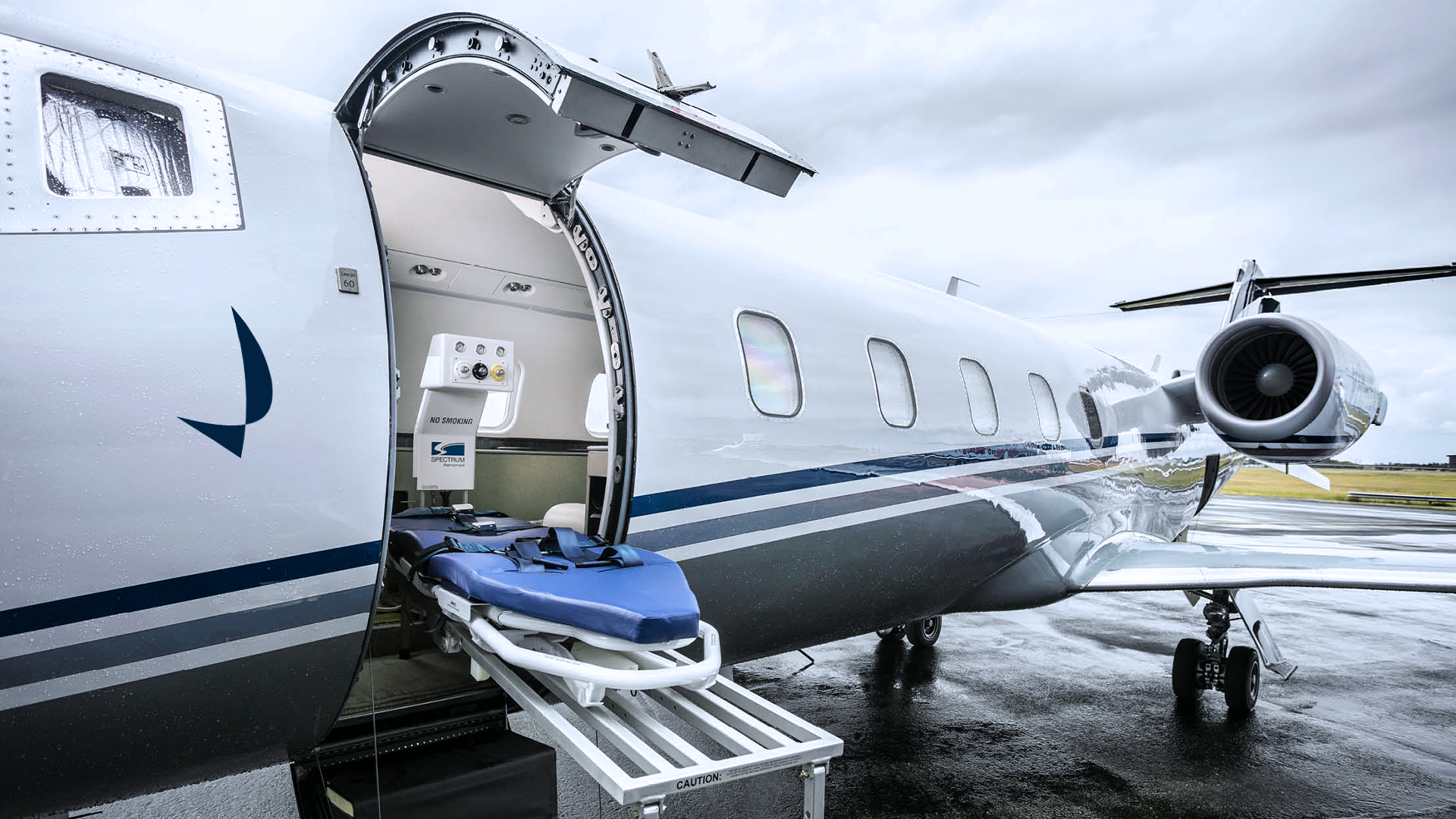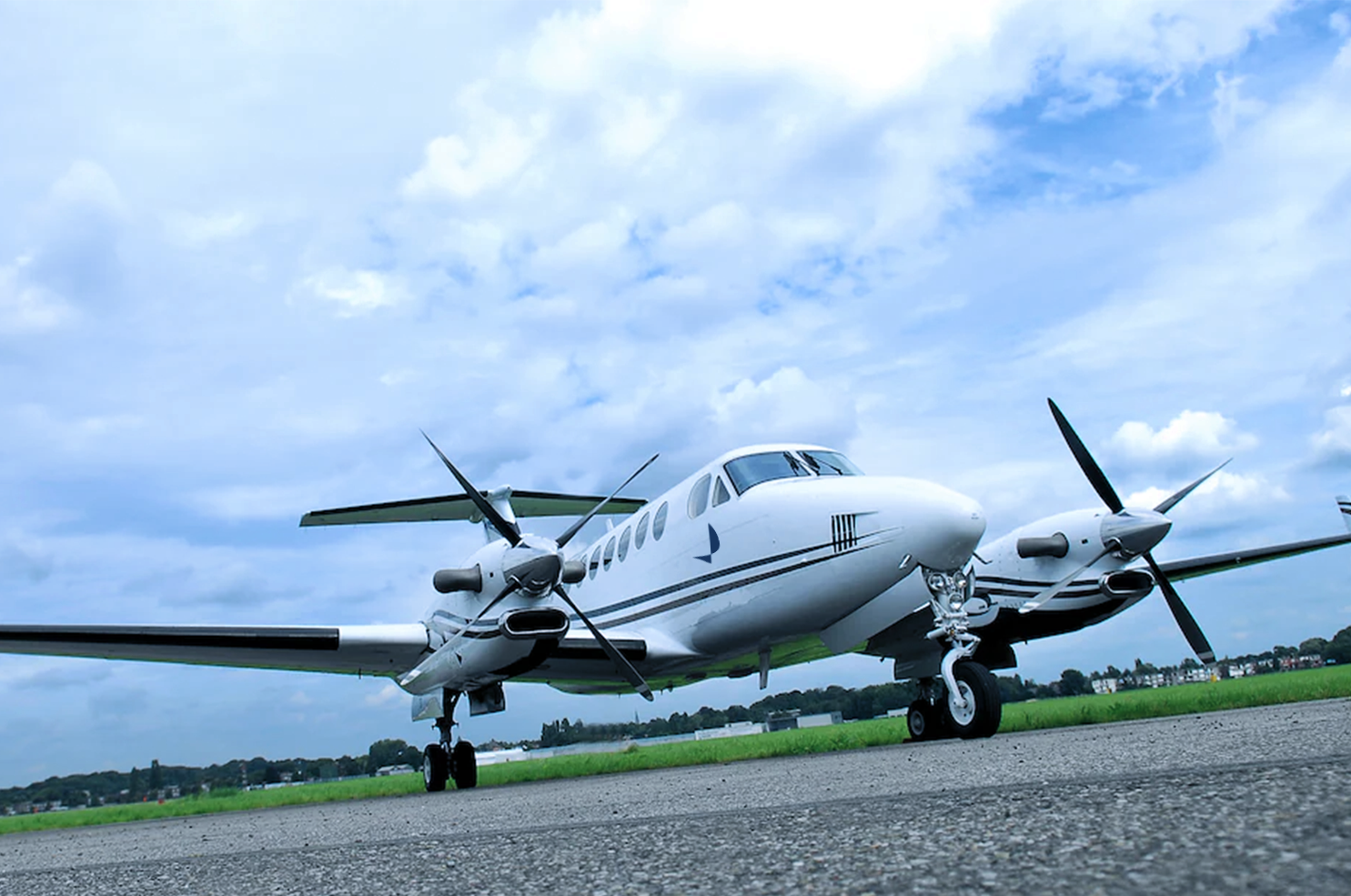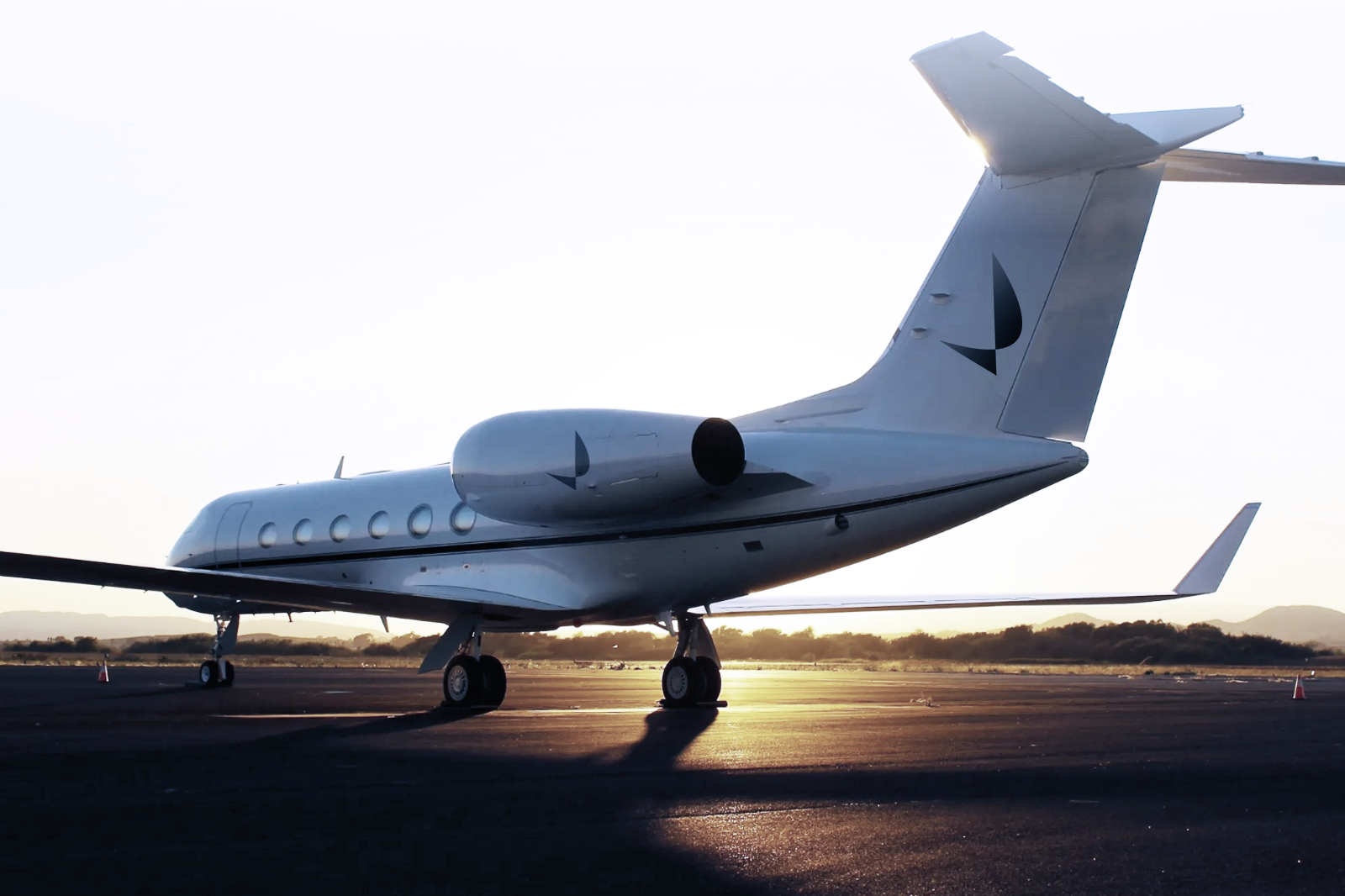The US federal government shut down on October 1, 2025 after Congress failed to pass a funding bill. It’s the first lapse since the last government shutdown in 2018–2019. Essential aviation functions continue, but the system is operating under stress.
The FAA expects about 11,000 employees to be furloughed while more than 13,000 air traffic controllers and ~50,000 TSA officers must work without pay, a mix that historically increases the risk of delays if absenteeism rises. Industry groups warn prolonged strain could cost the travel sector up to $1B per week in lost activity.
What is a government shutdown?
A shutdown occurs when Congress does not appropriate money for federal agencies. By law, operations that protect life and property continue; others pause and employees are furloughed according to agency contingency plans.
For aviation, the FAA’s shutdown plan keeps core air traffic services running and preserves key safety functions, while deferring certain administrative and planning work until funding is restored.
Who is affected by the government shutdown?
Within transportation, air traffic controllers and TSA officers are “excepted” personnel, required to report to work even when unpaid. The FAA will furlough ~11,000 employees (about a quarter of the agency), while keeping critical operations staffed.
The agency is already short several thousand certified controllers nationwide, so any uptick in sick leave or facility-level gaps can constrain capacity and ripple into delays.
What this means for air travel
Flights continue to operate. The pressure points are staffing and capacity. If controller or TSA absenteeism rises, travelers can encounter longer security lines, ground delay programs, and localized cancellations at busy hubs.
Airlines and trade groups caution that even modest staffing shortfalls at key facilities can reduce throughput (the number of flights handled per hour), slow the network, and degrade on-time performance.
Is your flight affected?
Possibly, especially if you’re flying to, from, or through US hubs during peak hours. Early in a shutdown, airlines and airports try to absorb strain. As it extends, odds increase of long lines, delays, misconnects, and in severe cases terminal-level disruptions (e.g., partial checkpoint closures) if staffing becomes unstable. Your experience will vary by airport, time of day, and weather.
To check your specific risk, use your airline’s app or flight-status page and enable alerts, review your connection buffer and consider moving to an earlier feeder if it is tight, check the airport’s website or social feeds for TSA wait times and operational notices, and contact your airline or your travel advisor for irregular operations policies and rebooking options.
Will you get a refund in this situation?
It depends on why your flight is disrupted and what fare you bought. If the airline cancels your flight, most carriers will offer a refund or rebooking, even on non-refundable fares. If the flight operates and you do not travel, options depend on fare rules. This often means credits or vouchers for non-refundable tickets, refunds for refundable fares.
Government-related delays can be classified as outside the airline’s control, which makes cash refunds less straightforward unless a cancellation occurs. The best next step is to contact the airline and ask about fee waivers or protected rebooking if your connection is at risk.
Is private travel affected?
Private flights avoid public TSA lines and use dedicated FBOs, which reduces exposure to terminal bottlenecks. All aircraft share the same airspace, so air traffic control programs can still impose ground holds and reduced arrival or departure rates.
During prolonged shutdowns, demand for private lift often rises as travelers pool trips, which tightens availability and can push up peak-time pricing.
Conclusion
Commercial flights will continue under the federal government shutdown, but travelers should plan for possible delays, longer security lines, and tighter day-of operations as FAA and TSA work under strain. For time-critical itineraries, private travel can reduce exposure to bottlenecks by offering direct routings, controlled schedules, and dedicated ground handling.
If you need guaranteed timing or last-minute lift, our team at Jets & Partners can coordinate on-demand charter and monitor empty legs when flexibility allows. For ongoing updates, follow us on Instagram and LinkedIn, we post operational notes and travel guidance there daily.






